Angle On to Single It Out
Here’s another stationary camera shot you can add to your writers’ toolbox: Angle On. This shot usually occurs in scenes taking place in large settings, and the purpose is to tell the director that the camera should be focused on one particular element in the group. For example: if your character is at a playground and is looking for her young daughter among a group of kids playing, to get from the Medium Shot, Long Shot, or Pan (as she’s scanning the playground), you’d use “ANGLE ON STRUCTURE” to suggest a new shot featuring her daughter. The camera is still shooting stationary from the same location, but the director knows to point the camera in a different direction to lock onto what’s important to be noticed. Again, it’s all about telling the viewer to pay attention to what the writer wants noticed.
Singling Something Out
And novelists need to do the same. Let’s say you’re writing a scene in which your undercover detective is at a large party and has to keep a tail on someone. Your hero is standing by the punchbowl and watching his suspect talking across the room. You’ll want to put in some description of the room and the guests attending—what they’re doing, how they’re dressed—but the focus is angled on the suspect and paying attention to what he’s doing.
If you revisit the post with the excerpt from The Fugitive, you’ll see the directive to “angle on the rear of the bus” as Copeland gets away. The camera has shifted from Kimble to show this important bit—that Copeland has escaped. It’s like an Insert, but instead of a brief shot of an object or instant, with Angle On, the camera is rolling and we’re watching from this new angle.
So think about places in your novel when you have scenes of crowds, or where a lot is going on around your character. This is where you can use this camera shot to have your character watch something specific, which will make it stand out and clue the reader by saying “Pay attention: something important is happening here.”
Who can forget the powerful moment at the end of American Beauty? The teenage girlfriend of Lester’s daughter has come into the kitchen and talks briefly with him before leaving, and the viewer just knows what’s about to happen. Notice how important this Angle On is at the climax of the story:
ANGELA
How are you?
LESTER
(smiles, taken aback)
God, it’s been a long time since anybody asked me that.
(thinks about it)
I’m great.
They just sit there, smiling at each other, then:
ANGELA
(suddenly)
I’ve gotta go to the bathroom.
She crosses off. Lester watches her go, then stands there wondering why he should suddenly feel so content.
LESTER
(laughs)
I’m great.
Something at the edge of the counter catches his eye, and he reaches for . . .
CLOSE on a framed PHOTOGRAPH as he picks it up: It’s the photo we saw earlier of him, Carolyn and Jane, taken several years ago at an amusement park. It’s startling how happy they look.
Lester crosses to the kitchen table, where he sits and studies the photo. He suddenly seems older, more mature . . . and then he smiles: the deep, satisfied smile of a man who just now understands the punch line of a joke he heard long ago . . .
LESTER (CONT’D)
Man oh man . . .
(softly)
Man oh man oh man . . .
After a beat, the barrel of a GUN rises up behind his head, aimed at the base of his skull.
ANGLE ON an arrangement of fresh-cut ROSES in a vase on the opposite counter, deep crimson against the WHITE TILE WALL. Then a GUNSHOT suddenly rings out, ECHOING unnaturally. Instantly, the tile is sprayed with BLOOD, the same deep crimson as the roses.
Don’t underestimate the power of a single lasting image at the end of a scene. Using Angle On may be just the shot (no pun intended) you need to supercharge that moment. I thought it was a tremendously creative technique used here. Instead of showing Lester full-on being shot and falling dead to the kitchen floor, the camera is locked on to the roses, which ties in with the title and motif of the movie. American Beauty is the name of a particular rose and the motif of roses and the simple beauty they signify is prevalent throughout the story. The red blood merges with the deep blood-red roses and the starkness of the blood alongside the significance of this moment is powerful.
This week, think about a high moment in one of your scenes in which you could use Angle On. Is there some object or place in a setting that can be focused on to give your scene deeper significance? What about tying in your book’s title or theme by the use of an Angle On shot? These can be added into a completed novel to add depth as well as in your plotting stage.


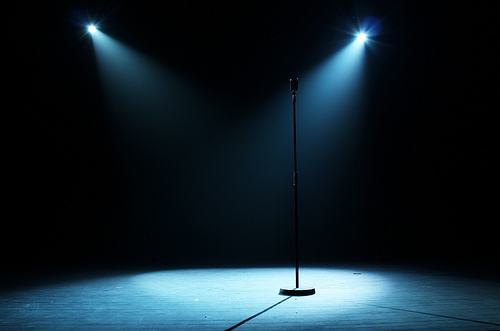
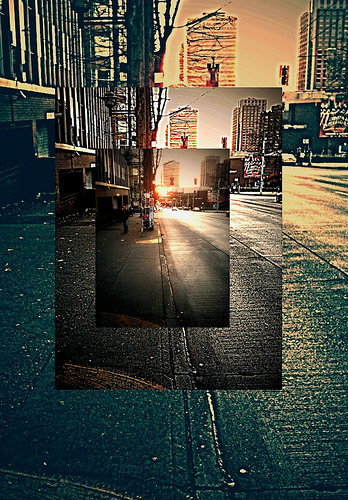
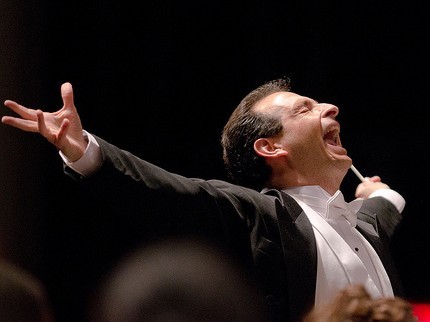
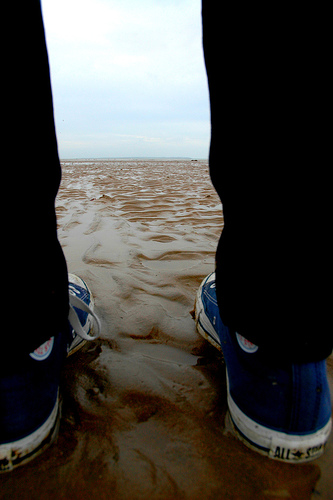
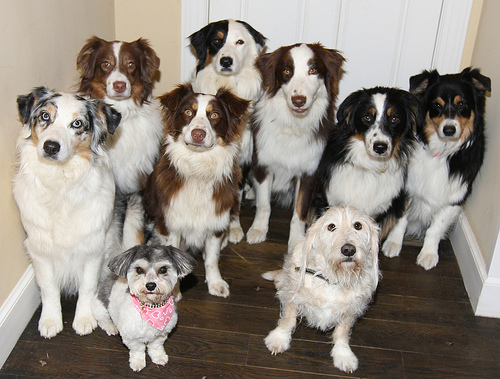
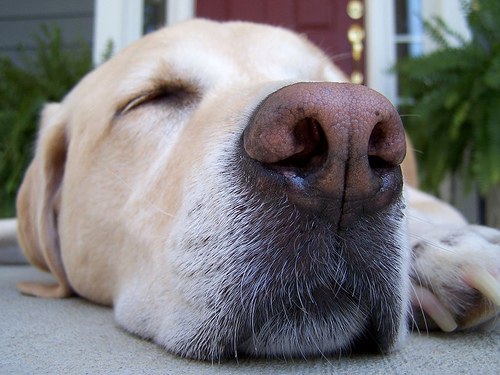




Wow, fantastic idea! I feel like it can be used more than just in scenes where you’re character is in a crowd. I think sometimes we want readers to notice something, but we smash it in the middle of a paragraph and think they’ll still pick up on it. If you need your readers to know something, use this angle on technique to high light it, wherever your character may be.
As an aside, if a screenwriter submitted a script with CLOSE ON or ANGLE ON, the studio’s reader would throw it in the trash and then set the trash on fire. Screenwriters don’t write camera directions into screenplays; that’s the director’s job. If you see a screenplay with camera directions indicated, it’s a production script.
Unless times have really changed, the hundreds of scripts my mother and brother wrote, along with the hundreds you can read online all have camera directions. If you’ve been following this course all year, I discussed how the screenwriter, especially in years past, had to write in all the camera shots. That was the point of the script–to indicate every shot needed to be taken to create the scene. When I look at contemporary scripts, they too have the camera shots integrated into the material. In fact, I have never in my life read a script that was not structured with camera directives. That is what makes it a screenplay.